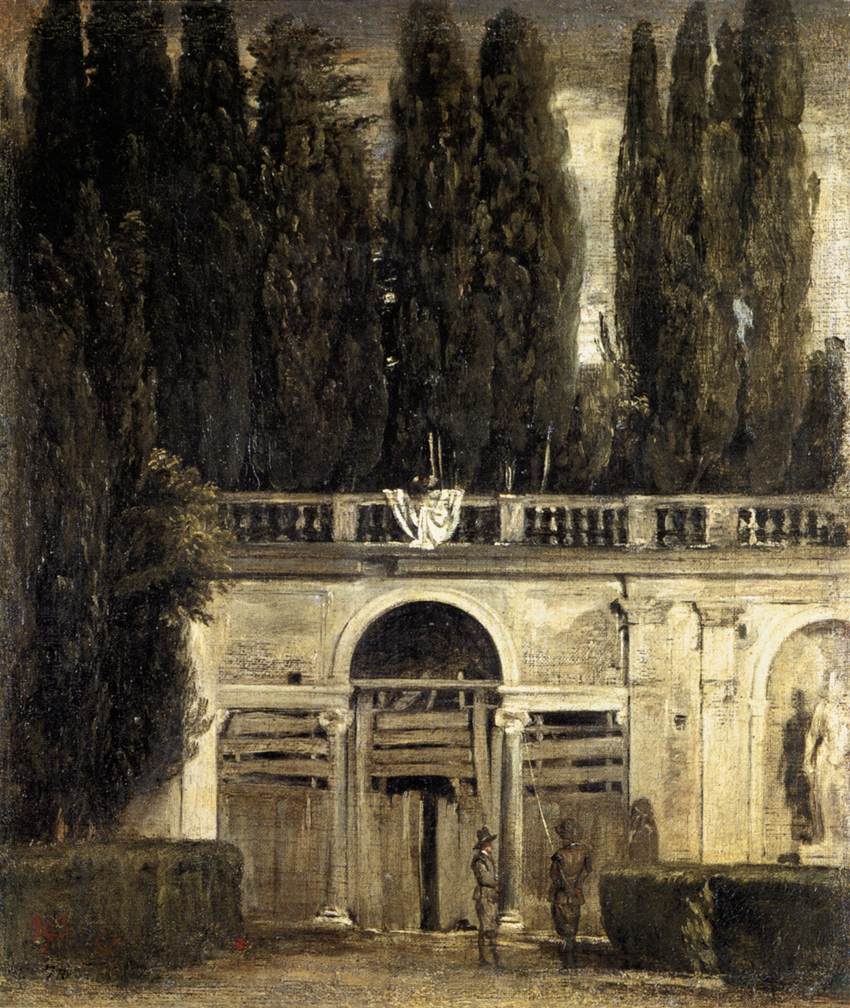Simon Bening, The Baptism of Christ and The Temptation of Christ, c. 1525-30
Source: J. Paul Getty Museum
These illustrations are both 6⅝ by 4½ inches - similar to a small paperback (an old Pelican book I have to hand by Jacquetta Hawkes measures about 7 by 4½ inches). The Getty site allows you to zoom into these images in great detail, noting the beauty of their colours and delicacy of Bening's brushwork, before quickly losing yourself in their imaginary worlds. In the baptism scene, you can peer down into the water, whose ripples are picked up in the curving forms of reeds and riverbank, or look into the distance where a boat glides past rocks the colour of clouds. In the temptation scene, deer graze on the slopes and venture down to drink from the winding river. The mountain peak is painted in blues, pinks and orange that resemble a pastel by Degas, or a watercolour by Cézanne. The two figures looking down from this summit represent another part of the Bible story. 'The devil takes Christ to a high mountain from which all the kingdoms of the world can be seen and offers him these lands if Christ agrees to adore him. Jesus coolly refuses all of these temptations and commands the devil to leave.'









